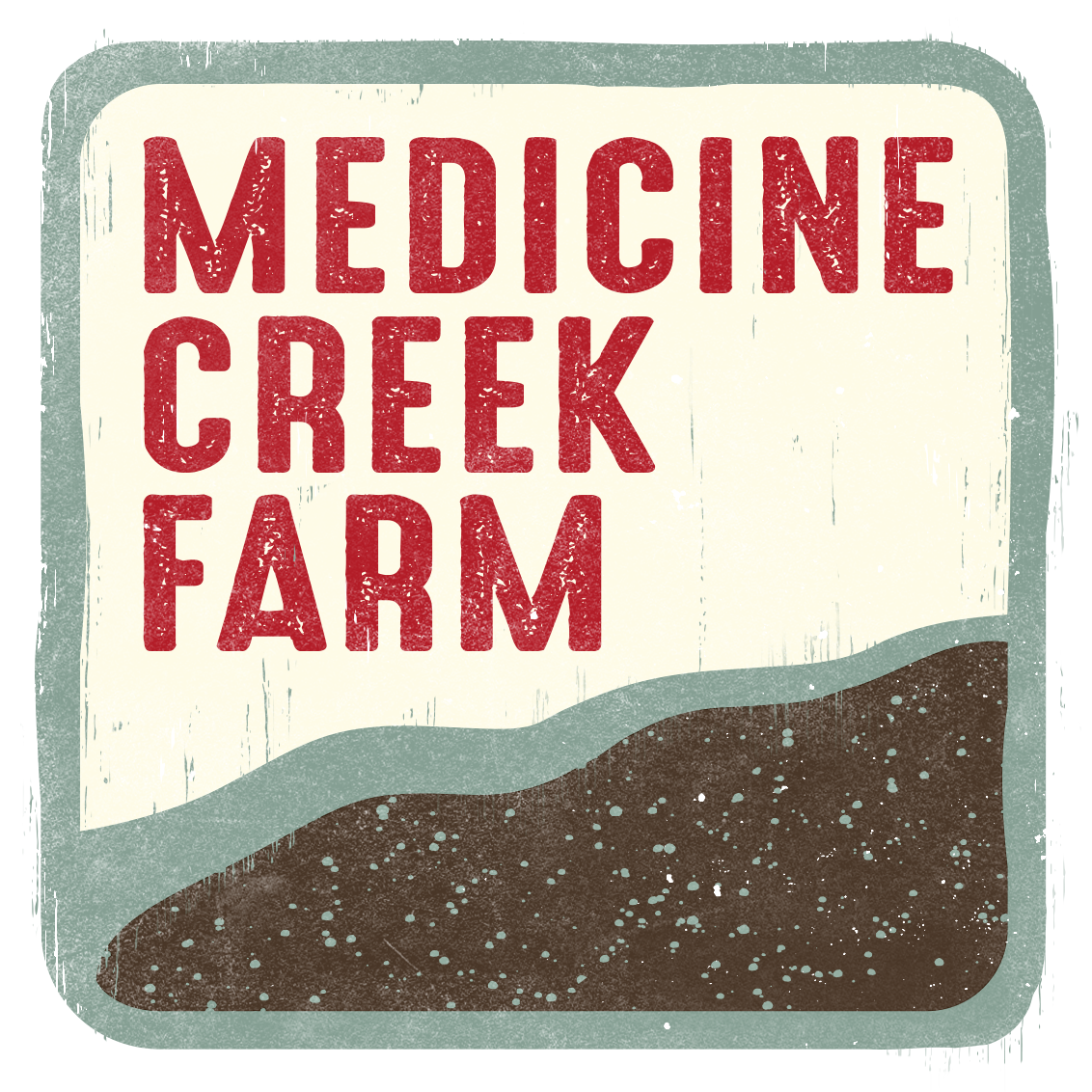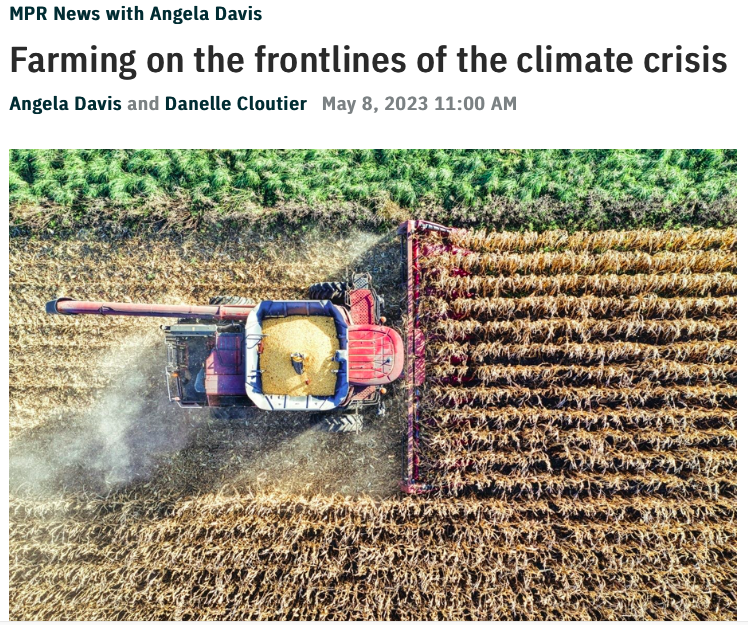The grass has been slow to grow up in northern Minnesota but the cattle are grazing and enjoying a feast of dandelions. We now have a respectable herd of 46 cattle, mostly Shorthorn and Hereford/Red Angus crosses.
I have been doing a lot of grass monitoring to determine what size paddock this many cattle need. We already know the biology in our soil is not super active as it had never been grazed before our arrival. But now that we have a real herd, we can reach more of our pastures with rotational grazing.
The more we graze, allowing the proper rest time, the more the soil biology will be stimulated to wake up and do the work of feeding the grass. The more the grass is eaten and regrows, the more it pulls carbon from the atmosphere through photosynthesis and stores it in the soil.
The more cattle we can get rotationally grazing the land, the more carbon is sequestered. The more YOU eat grass fed beef and lamb, the more we both fight climate change.


